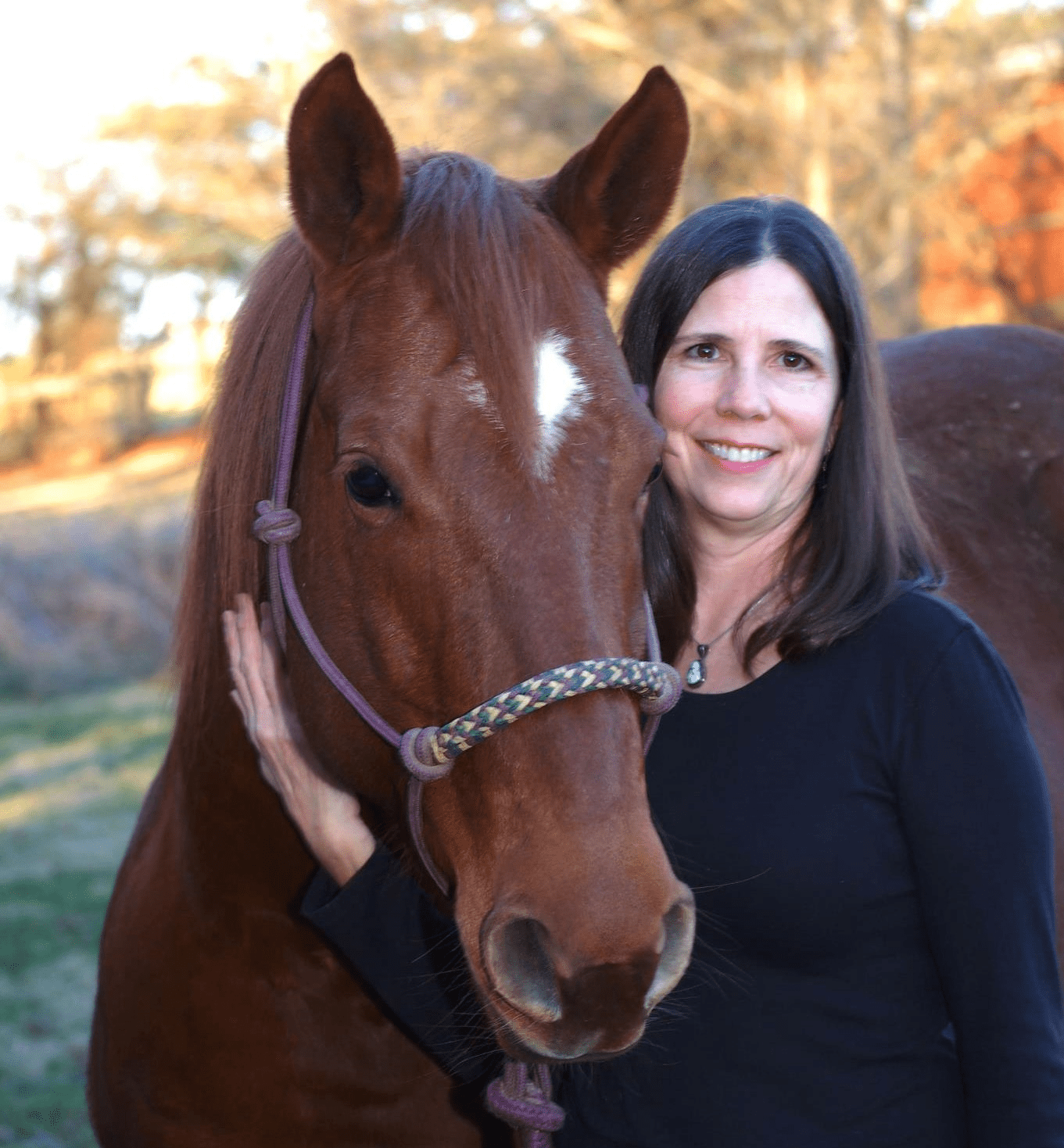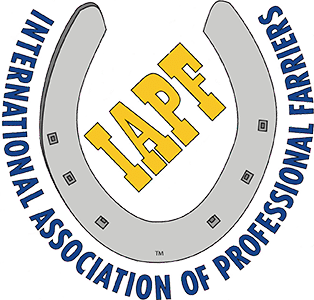AAEP Convention 2005: Foot Lameness Table Topic
About 75 people attended the Foot Lameness Table Topic during the AAEP Convention. It was moderated by Andy Parks, VMD, of the University of Georgia, and Tracy Turner, DVM, MS, Dipl. ACVS, a private practitioner in Minnesota.
One of the first
About 75 people attended the Foot Lameness Table Topic during the AAEP Convention. It was moderated by Andy Parks, VMD, of the University of Georgia, and Tracy Turner, DVM, MS, Dipl. ACVS, a private practitioner in Minnesota.
One of the first topics was collateral ligament desmitis, which everyone agreed was difficult to diagnose.
“Getting consistent ultrasound images can be frustrating,” said Turner. “It varies from horse to horse. Gray horses and warmbloods are some of the worst to get images on. Hoof conformation issues can make it difficult. I might do it (ultrasound the area) eight times before I know I’m in the place I want to be to acquire the right image.”
For ultrasound exams, Turner recommended the horse be clipped over the coronary band of the affected foot. He said to start at 10 o’clock and 2 o’clock when looking for the ligament. He said often you can’t see all of the ligament because of the hoof wall. He suggested getting the horse to move while conducting the ultrasound exam to see movement and know you are viewing the right structure. MRI can see inside the wall early on if there is a ligament problem. “I think you can see problems radiographically,” added Turner.
Tim Mair, BVSc, DEIM, DESTS, Dipl. ECEIM, MRCVS, of the Bell Equine Veterinary Clinic in the United Kingdom, was in the audience. He said they have been using a standing MRI unit since 2002 to look at collateral ligament desmitis. He said 75-80% of competition and pleasure horses have collateral ligament desmitis that he can’t see with ultrasound because many lesions are beneath the hoof capsule. “I think ultrasound is very insensitive” for diagnosing this problem, he said.
Mair said on MRI he sees an increase in fluid and size in and around the ligament
Create a free account with TheHorse.com to view this content.
TheHorse.com is home to thousands of free articles about horse health care. In order to access some of our exclusive free content, you must be signed into TheHorse.com.
Start your free account today!
Already have an account?
and continue reading.

Related Articles
Stay on top of the most recent Horse Health news with


















